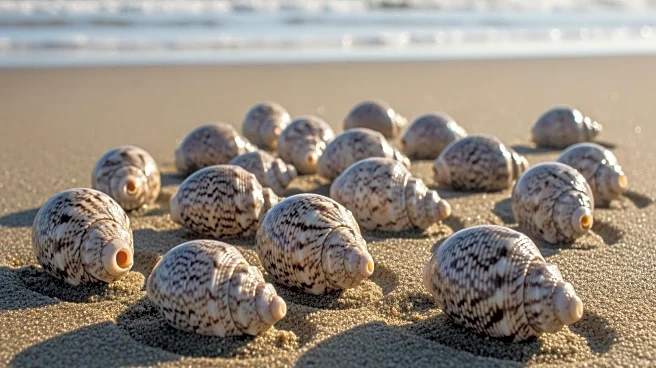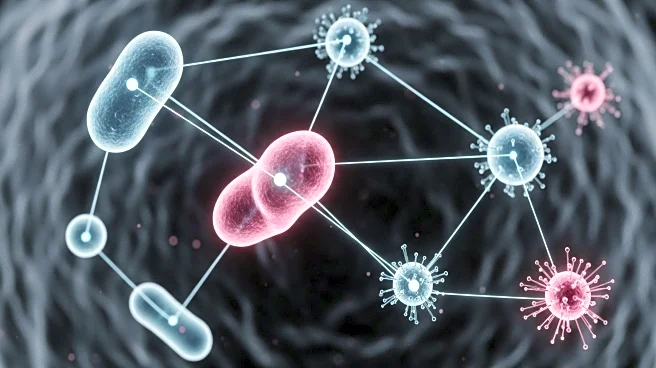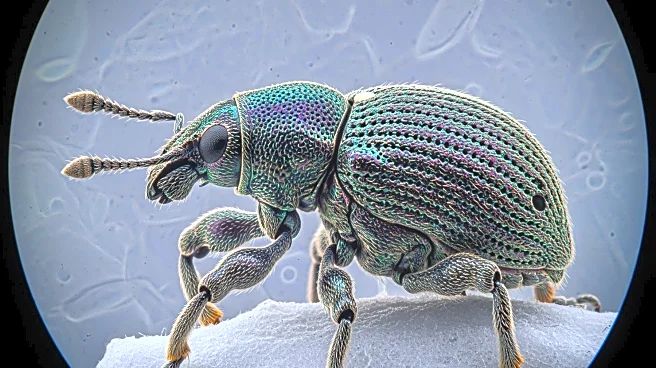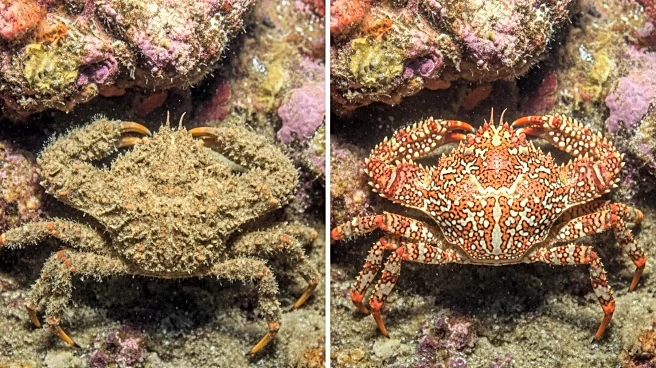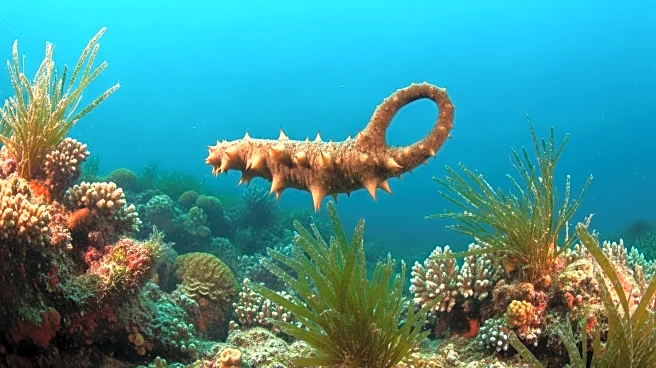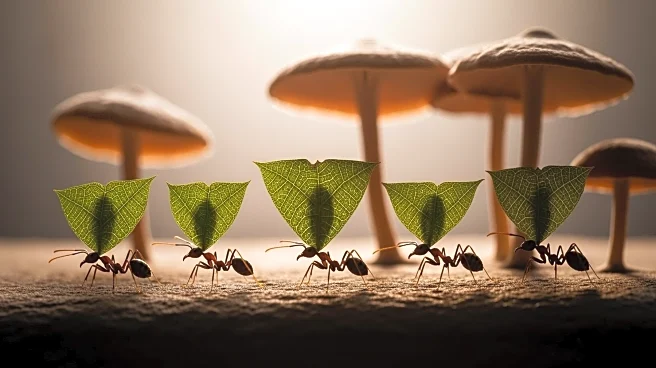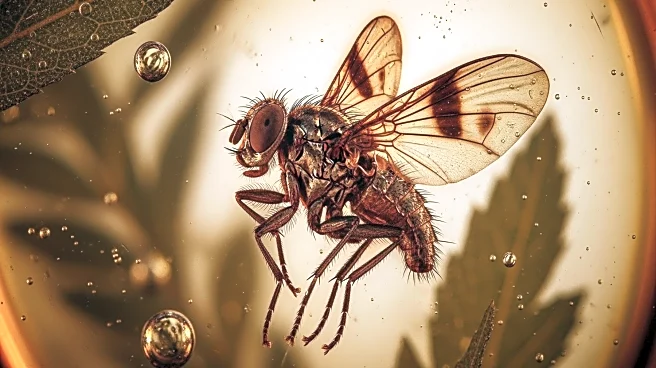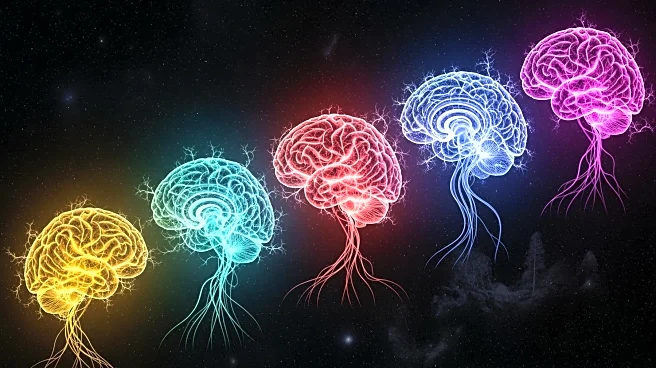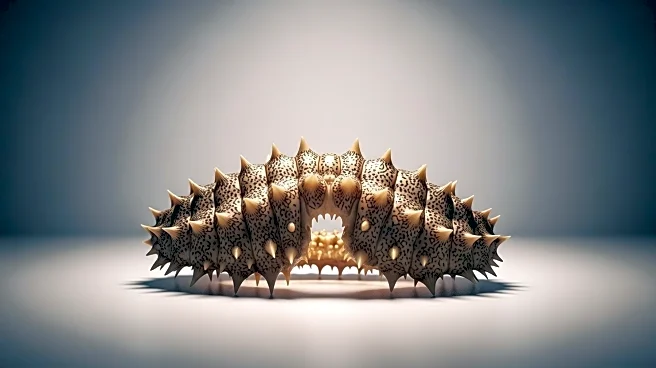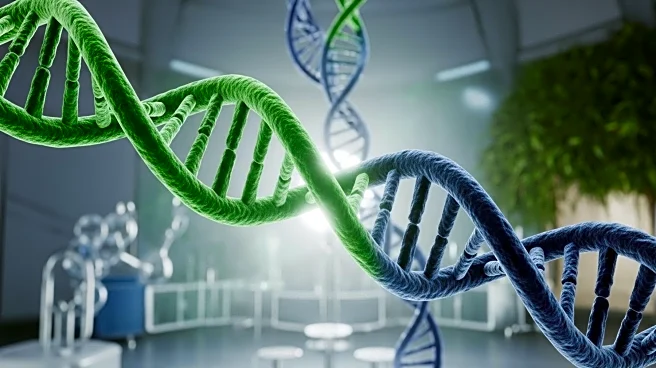What's Happening?
Professor Matthew Wills from the University of Bath has provided insights into the evolutionary phenomenon known as carcinisation, which refers to the process of various crustaceans evolving into crab-like forms. This process has occurred independently
at least five times across different lineages of decapods, a group of ten-footed crustaceans. The transformation into a crab-like shape offers advantages such as improved protection and mobility, with features like a rounded shell and sideways movement enhancing survival chances. Despite the viral memes suggesting humans might evolve into crabs, Professor Wills clarifies that this phenomenon is specific to certain crustaceans and not applicable to humans.
Why It's Important?
The study of carcinisation highlights the concept of convergent evolution, where unrelated species develop similar traits due to facing similar environmental challenges. This understanding can provide insights into evolutionary biology and the adaptive strategies of species. The phenomenon underscores the efficiency of certain physical forms in providing survival advantages, which can inform research in evolutionary science and biodiversity. It also illustrates the complexity of evolutionary processes and the diverse paths taken by different species to adapt to their environments.
What's Next?
While the concept of humans evolving into crabs is dismissed by Professor Wills, the study of carcinisation continues to be a topic of interest in evolutionary biology. Researchers may further explore the genetic and environmental factors that drive convergent evolution in various species. The ongoing interest in this phenomenon could lead to more detailed studies on the evolutionary pathways of crustaceans and other organisms that exhibit similar adaptive traits.
Beyond the Headlines
The fascination with carcinisation and the viral memes surrounding it reflect broader cultural and scientific curiosity about evolution and the future of species adaptation. This interest can stimulate public engagement with scientific topics and encourage educational initiatives that explore evolutionary biology. The humorous aspect of the memes also highlights the intersection of science and popular culture, demonstrating how scientific concepts can capture public imagination.
